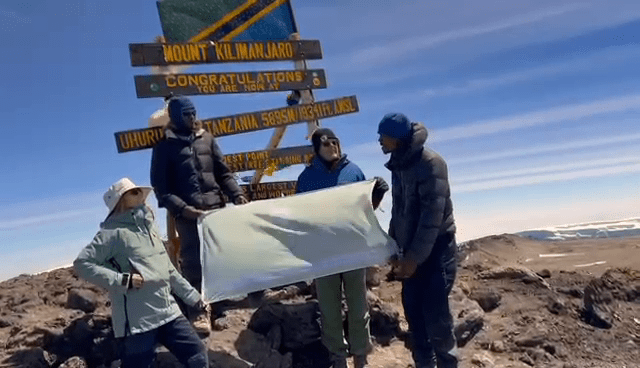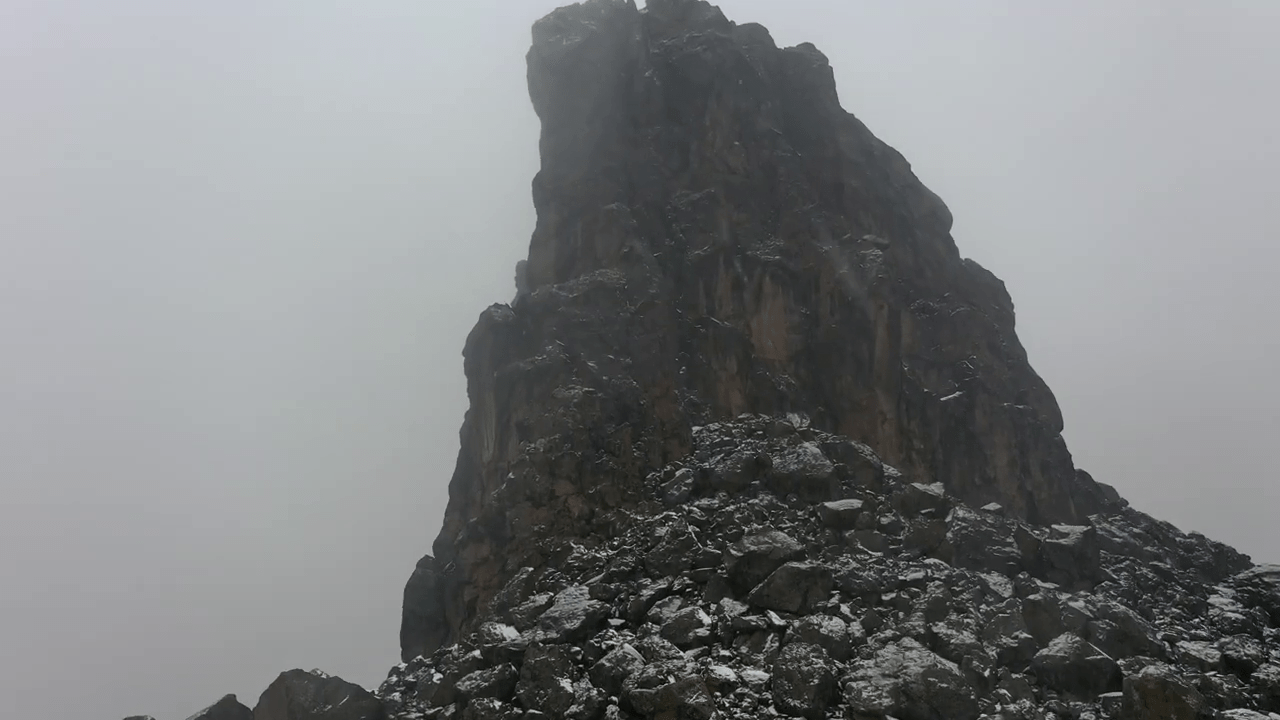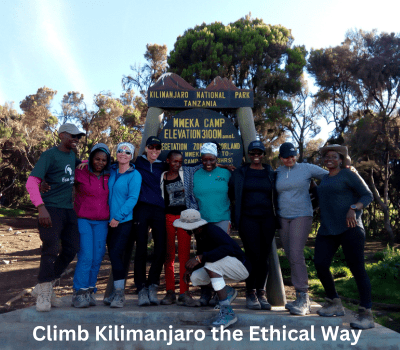What Is the Highest Point on Kilimanjaro Afrika?

Introduction: Exploring the Roof of Africa
Mount Kilimanjaro, located in Tanzania, stands as Africa’s tallest mountain and the world’s highest free-standing peak. Its majestic presence has captivated adventurers and nature enthusiasts alike. At the very top lies Uhuru Peak, the highest point on Kilimanjaro and the entire African continent. This article delves into the significance, geography, and allure of Uhuru Peak, offering insights for those aspiring to reach this iconic summit.
Overview of Mount Kilimanjaro’s Unique Structure
Mount Kilimanjaro is a stratovolcano composed of three distinct volcanic cones: Kibo, Mawenzi, and Shira. Kibo is the highest and central cone, housing the summit known as Uhuru Peak. Mawenzi, the second highest, is rugged and eroded, while Shira is the oldest and has mostly collapsed. This tri-cone structure contributes to Kilimanjaro’s unique geological makeup, making it a fascinating subject of study and exploration.
Introducing Uhuru Peak – Kilimanjaro’s Highest Point
Uhuru Peak, perched atop the Kibo cone, reaches an elevation of 5,895 meters (19,341 feet) above sea level. The name “Uhuru” means “freedom” in Swahili, commemorating Tanzania’s independence in 1961. As the highest point in Africa, Uhuru Peak is a coveted destination for climbers worldwide, symbolizing achievement and the spirit of adventure.
Uhuru Peak Elevation, Coordinates, and Facts
– **Elevation:** 5,895 meters (19,341 feet) above sea level.
– **Coordinates:** Approximately 3°4′33″S latitude and 37°21′12″E longitude.
– **Location:** Situated within Kilimanjaro National Park, a UNESCO World Heritage Site.
– **Significance:** Highest point in Africa and one of the Seven Summits, representing the tallest peaks on each continent.
– **Climate:** The summit zone is characterized by arctic conditions, with temperatures often dropping below freezing and a landscape dominated by glaciers and snowfields.
Reaching Uhuru Peak: The Final Push to the Summit
The journey to Uhuru Peak is the culmination of days of trekking through diverse ecosystems, from lush rainforests to alpine deserts. The final ascent typically begins around midnight, allowing climbers to reach the summit at sunrise. This timing offers breathtaking views and reduces the risk of altitude-related issues. The path to the peak is challenging, demanding physical endurance and mental resilience, but the reward is unparalleled—a panoramic vista from the highest point in Africa.
Which Routes Lead to Uhuru Peak?
Every official Kilimanjaro route ultimately converges at the summit crater, leading to the final ascent to Uhuru Peak. Each route offers a unique experience, catering to different fitness levels, acclimatization needs, and scenic preferences. The most recommended summit routes include:
- Lemosho Route – Highly scenic, great for acclimatization
- Northern Circuit – Longest and quietest, ideal for gradual elevation gain
- Machame Route – Popular and picturesque, known as the “Whiskey Route”
- Marangu Route – The only hut-based trail, often called the “Coca-Cola Route”
- Rongai Route – Approaches from the north, with less traffic
Regardless of the route chosen, all treks culminate at Stella Point or Gilman’s Point before making the final approach to Uhuru Peak. These paths converge around the rim of the Kibo crater, offering climbers a final, steep push to the summit.
Understanding the Challenge of Altitude at Uhuru Peak
Reaching nearly 6,000 meters, Uhuru Peak presents significant altitude challenges. The air is thin, with about 50% less oxygen than at sea level. Climbers frequently experience symptoms of altitude sickness, including headaches, nausea, fatigue, and shortness of breath.
To mitigate these risks, routes with longer durations—like the Northern Circuit—are recommended for better acclimatization. Guides monitor climbers using pulse oximeters and provide emergency oxygen when needed.
Climbing slowly, hydrating, and resting are key strategies to adjust to high altitudes. Choosing a trusted operator with trained guides and proper protocols greatly enhances safety and success.
What Is the Weather Like at Uhuru Peak?
The climate at the summit is categorized as alpine desert and arctic. Despite being near the equator, temperatures can plummet to -20°C (-4°F) or lower during summit night. The weather is unpredictable, with strong winds, snow, and intense UV exposure.
Climbers must be equipped with proper cold-weather gear, including insulated jackets, thermal layers, gloves, and high-quality sleeping bags. The stark contrast between tropical base camps and frigid summits makes preparation crucial.
Most summits happen between midnight and dawn to avoid afternoon storms and allow for a safer descent in daylight.
What Can You See from Uhuru Peak?
From the summit, the panorama is nothing short of awe-inspiring. On a clear day, climbers can see:
- The sprawling plains of Tanzania and Kenya
- Mount Meru to the west, Africa’s fifth highest peak
- Glaciers and ancient icefields that once covered the summit
- Sunrise over the curvature of the earth—a truly spiritual moment
Photographers and nature lovers find the summit one of the most rewarding visual experiences of their lives. Despite glacier retreat due to climate change, the icy grandeur still holds magic and meaning.
Why Uhuru Peak Is More Than Just a Summit
“Uhuru” means freedom—a fitting name for the highest point in Africa. The peak represents not only a physical achievement but a spiritual and symbolic milestone. For Tanzanians, it reflects national pride. For international trekkers, it’s often the culmination of months of training, planning, and dreaming.
Climbers frequently raise flags, write journal entries, or silently reflect at the summit sign, marking a life-defining moment. It’s a place where fear, hope, and perseverance collide—and where you leave a part of your spirit behind, forever connected to the roof of Africa.
How Long Does It Take to Reach Uhuru Peak?
Climbing to Uhuru Peak isn’t a one-day event—it’s a carefully paced journey. Most treks take between 6 to 9 days, depending on the route and your chosen pace. Here’s a general breakdown:
- 6-Day Climbs: Routes like Marangu or Machame are faster but riskier due to limited acclimatization.
- 7–8 Day Climbs: Routes like the 7 Days Lemosho or 8 Days Lemosho allow for better altitude adjustment.
- 9-Day Climbs: The Northern Circuit offers the highest success rates due to gradual elevation gain.
The final summit push usually begins at midnight on the last day, with climbers reaching Uhuru Peak between 5–7 AM. This “summit night” is the most grueling but also the most rewarding part of the journey.
How Hard Is It to Reach Uhuru Peak?
The climb to Uhuru Peak is non-technical, meaning no ropes or mountaineering gear is required. However, the challenge lies in endurance and altitude tolerance. Factors affecting success include:
- Route choice – longer routes have better success rates
- Physical fitness – regular cardio, strength, and trekking prep help
- Altitude adaptation – gradual climbs aid in avoiding AMS
- Mental strength – perseverance and mindset are crucial
With proper preparation and guidance from licensed, experienced teams like Eco-Africa Climbing, success rates can soar above 95%. Our guides monitor health daily and adjust the pace to keep climbers safe and strong.
How Safe Is It at the Top of Kilimanjaro?
Altitude is the biggest threat at Uhuru Peak. Common symptoms include:
- Headache and dizziness
- Nausea and fatigue
- Shortness of breath
At Eco-Africa Climbing, we prioritize safety with:
- Emergency oxygen
- Trained Wilderness First Responder (WFR) guides
- Daily oximeter checks
- Helicopter evacuation plans via helicopter rescue protocols
Proper hydration, nutrition, and pacing are critical. The summit is not a place to linger long—after photos and reflection, descent begins within 15–30 minutes to prevent complications.
Why Choose Eco-Africa Climbing to Reach the Summit?
At Eco-Africa Climbing, we don’t just guide you to the top—we craft transformative journeys. Here’s what makes us different:
- 100% local Tanzanian company with world-class service
- High summit success rates (95%+)
- Ethical practices via KPAP partnership
- Carbon offsetting, cultural integration, and Leave No Trace training
- Customized climb packages and gear support
Your summit matters to us. But so does your journey—before, during, and after. Let us help you plan a safe, ethical, and empowering trek to the top of Africa.
Conclusion: Uhuru Peak – More Than a Summit
Standing on Uhuru Peak is not just a physical achievement—it’s an emotional, spiritual, and cultural milestone. As the highest point on Mount Kilimanjaro and the entire African continent, it represents the ultimate dream for adventurers from all over the world. With the right preparation, guidance, and mindset, reaching this summit is a goal within your grasp.
At Eco-Africa Climbing, we ensure your path to Uhuru is not only successful but meaningful. With our ethical practices, local expertise, and commitment to safety, you’ll not only stand at the top—you’ll feel the spirit of Tanzania beneath your feet.
Frequently Asked Questions (FAQs)
What is the elevation of Uhuru Peak?
Uhuru Peak stands at 5,895 meters (19,341 feet), making it the highest point in Africa and one of the Seven Summits.
Can anyone reach Uhuru Peak, or do you need climbing experience?
Kilimanjaro is a trekking peak, so no technical climbing is needed. However, good fitness, altitude prep, and expert support like our training programs are strongly recommended.
Which Kilimanjaro route gives the best chance to reach Uhuru Peak?
The Northern Circuit Route and 8 Days Lemosho are top choices due to better acclimatization profiles and high success rates.
How long can you stay at the summit?
Because of the extreme altitude and risk of sickness, climbers typically spend 15–30 minutes at Uhuru Peak before beginning descent.
Is it worth combining a Kilimanjaro climb with a safari?
Absolutely. After the physical and emotional high of reaching Uhuru Peak, relaxing on a wildlife safari or beach holiday in Zanzibar is the perfect reward.
Ready to Reach the Roof of Africa?
If Uhuru Peak is on your bucket list, don’t just dream it—climb it. Let Eco-Africa Climbing guide you there with unmatched care, expertise, and passion.
Check out our top summit routes:
Start your journey today by requesting a custom itinerary on our Booking Request Page or message us directly through our Contact Page.
Share:
Related Posts

bathroom on mountain kilimanjaro
Bathroom on Mountain Kilimanjaro: What to Expect and How to Prepare Introduction One of the most common — and least discussed — questions from people

Are Guides Readily Available in Tanzania Without Prior Booking?
Are Guides Readily Available in Tanzania Without Prior Booking? Introduction: Should You Risk Climbing Without Pre-Booking? Climbing Mount Kilimanjaro is a dream for many adventurers.

How Can I Find a Reliable Local Guide for My Kilimanjaro Expedition?
How Can I Find a Reliable Local Guide for My Kilimanjaro Expedition? Introduction: Why the Right Guide Is Key to Kilimanjaro Success Climbing Mount Kilimanjaro

Is Climbing Kilimanjaro Dangerous for Individuals Without Mountaineering Experience?
Is Climbing Kilimanjaro Dangerous for Individuals Without Mountaineering Experience? Introduction: The Myth of Danger and Experience Many aspiring adventurers wonder if climbing Mount Kilimanjaro is
